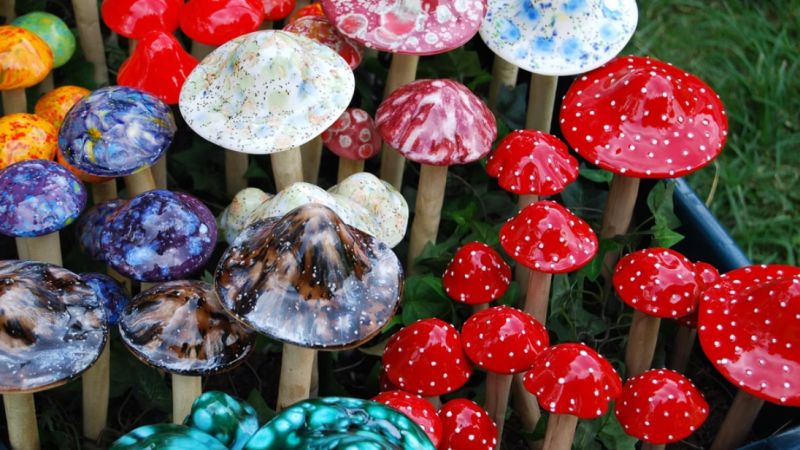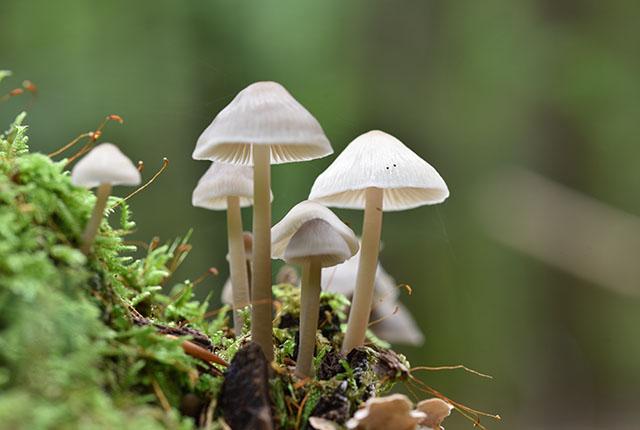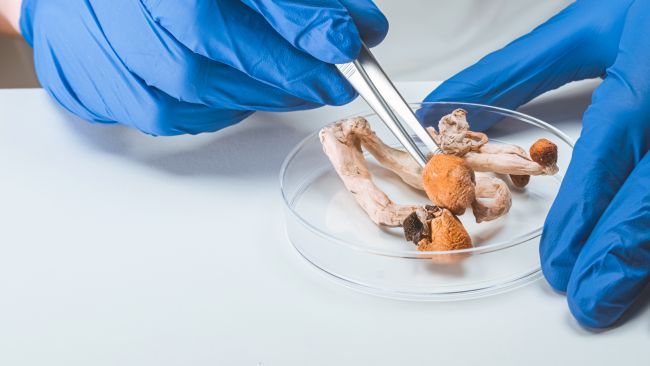
Psychedelics have captured the world’s attention for decades, from counterculture movements in the 1960s to modern therapeutic research. Two of the most well-known substances in this category are LSD (Lysergic Acid Diethylamide) and magic mushrooms (psilocybin mushrooms). While both produce profound alterations in perception and consciousness, they differ in origin, duration, intensity, and cultural significance.
Origins and Chemical Makeup
One of the biggest differences between LSD and psilocybin lies in their source.
-
LSD is a synthetic compound derived from lysergic acid, which occurs naturally in ergot, a fungus that grows on grains. It was first synthesized in 1938 by chemist Albert Hofmann.
-
Magic mushrooms, on the other hand, are naturally occurring fungi containing the psychoactive compounds psilocybin and psilocin. They have been used for centuries by indigenous cultures in spiritual and healing ceremonies.
In short, LSD is man-made, while psilocybin mushrooms are organic and have a long history of traditional use.
How They Affect the Brain
Both substances act primarily on the serotonin system, particularly the 5-HT2A receptors, leading to changes in mood, perception, and cognition.
-
LSD is extremely potent, often active at doses as low as 20–30 micrograms.
-
Psilocybin is less potent and requires larger amounts, measured in grams of dried mushrooms.
These interactions increase connectivity between different brain regions, which is why users report heightened creativity, mystical experiences, and a sense of oneness with the universe.
Duration and Intensity of Effects
One major difference users notice is the length and intensity of the experience:
-
LSD trips typically last 8–12 hours, with some residual effects even longer. The experience can be highly visual and deeply introspective, but also intense and overwhelming for beginners.
-
Magic mushroom trips usually last 4–6 hours, making them shorter and, for many, more manageable.
Both can cause profound shifts in perception, but LSD tends to be more stimulating and analytical, while psilocybin often feels more organic, introspective, and emotional.
Therapeutic Potential and Research
Recent studies have revived interest in psychedelics for mental health treatment.
-
Psilocybin has shown promising results in treating depression, anxiety, PTSD, and addiction. Clinical trials are ongoing, and some regions have already moved toward medical use and decriminalization.
-
LSD is also being studied for similar conditions, as well as cluster headaches and anxiety in terminal illness. However, psilocybin currently has more momentum in clinical research due to its shorter duration and perceived safety.
Risks and Safety Considerations
Neither LSD nor psilocybin is considered physically addictive, but psychological risks exist. Both can trigger “bad trips” involving fear, paranoia, or panic, especially in unsafe settings or for those with predisposed mental health conditions.
-
LSD can be more unpredictable due to its potency and long duration.
-
Psilocybin is generally considered gentler, but high doses can still lead to intense experiences.
Set and setting—your mindset and environment—play a critical role in ensuring a positive experience.
Which One is Right for You?
Ultimately, choosing between LSD and magic mushrooms depends on personal goals and context:
-
If you seek a shorter, more nature-connected experience, mushrooms may be ideal.
-
If you want a longer, highly visual, and structured trip, LSD might be your choice.
Both substances hold immense potential for healing and self-discovery, but they demand respect, preparation, and responsible use.

